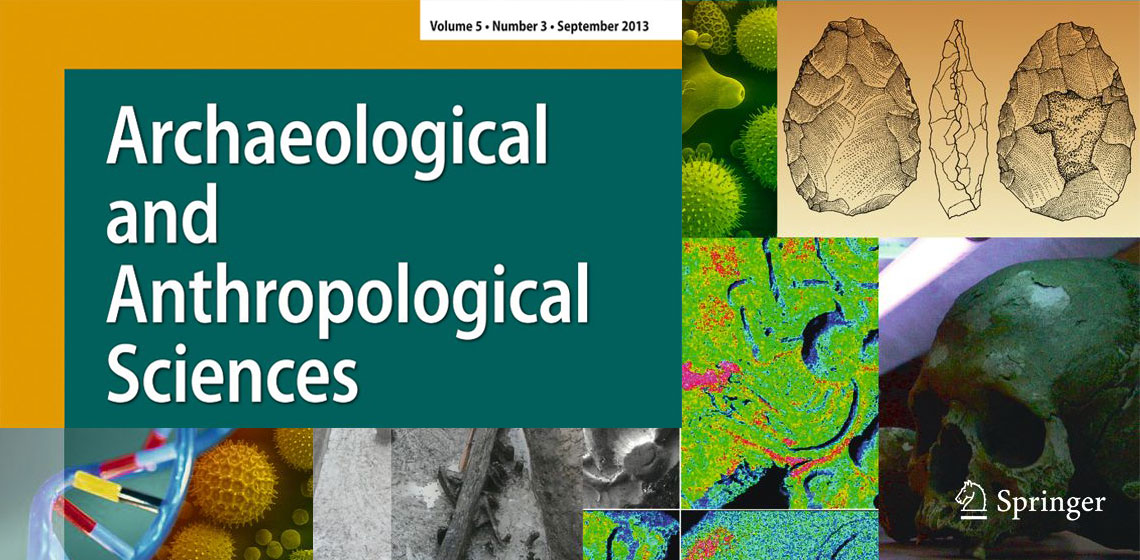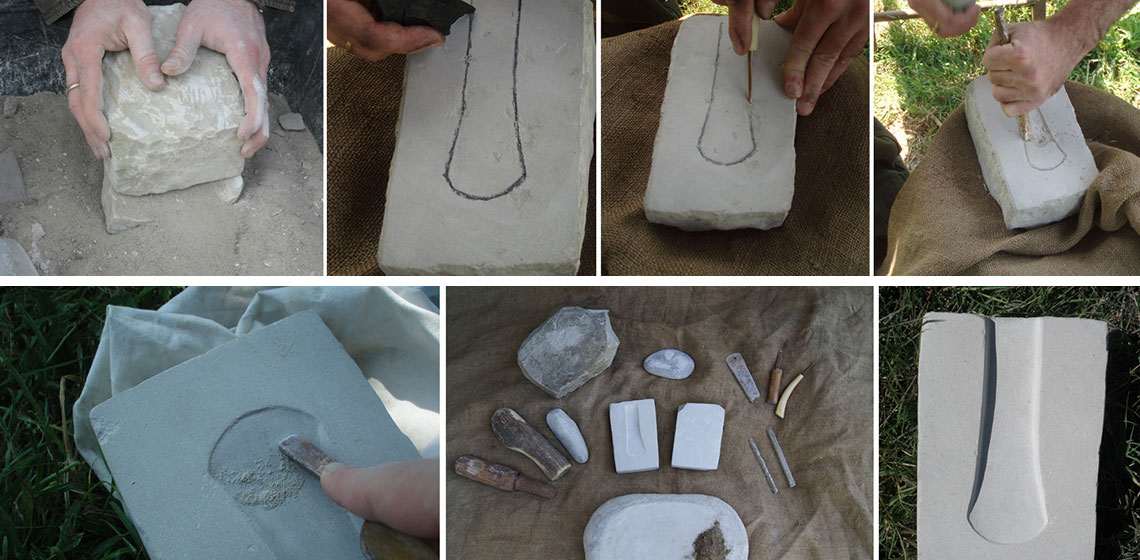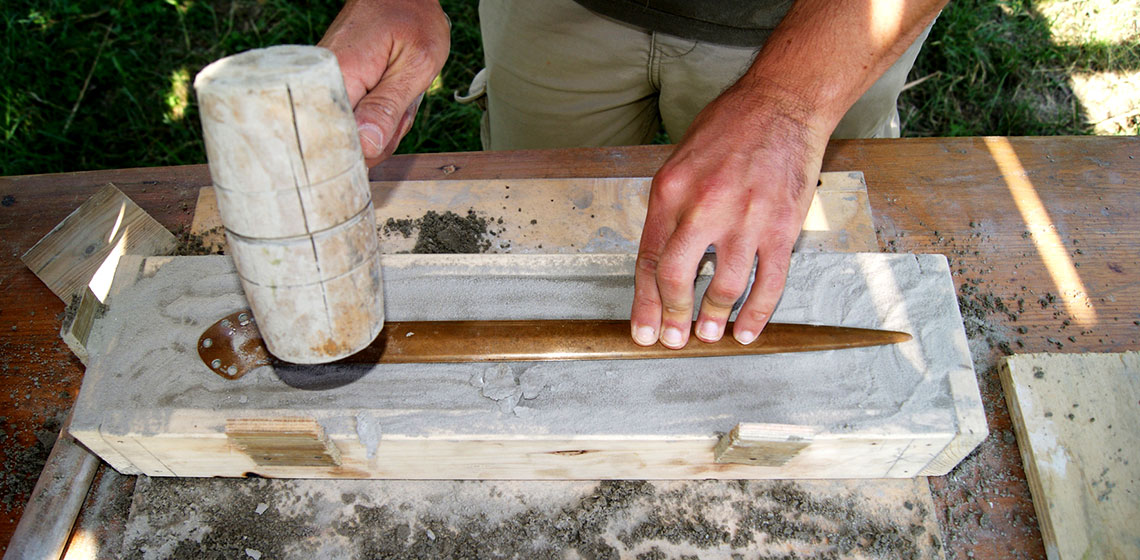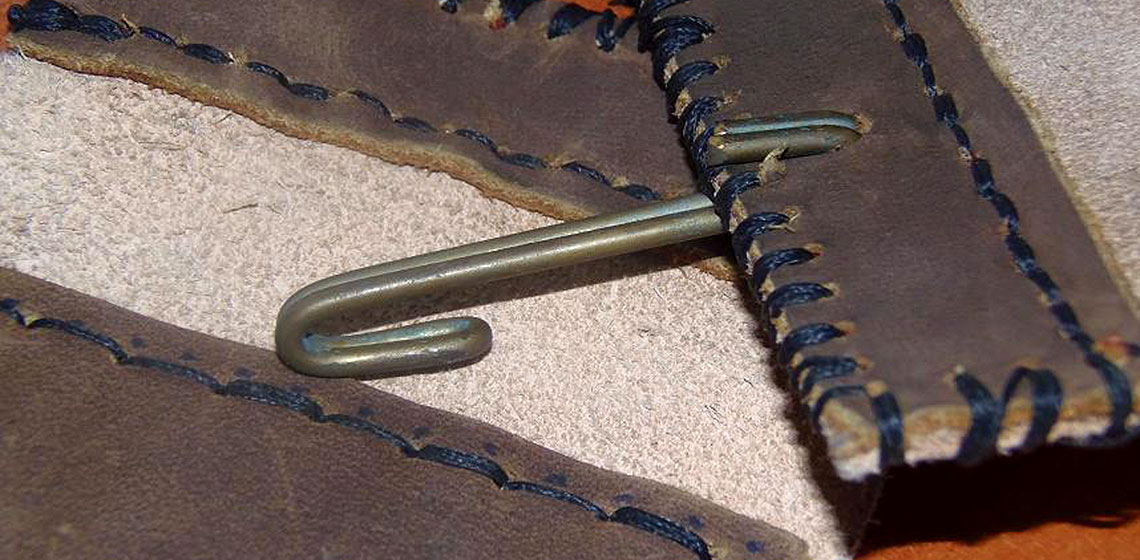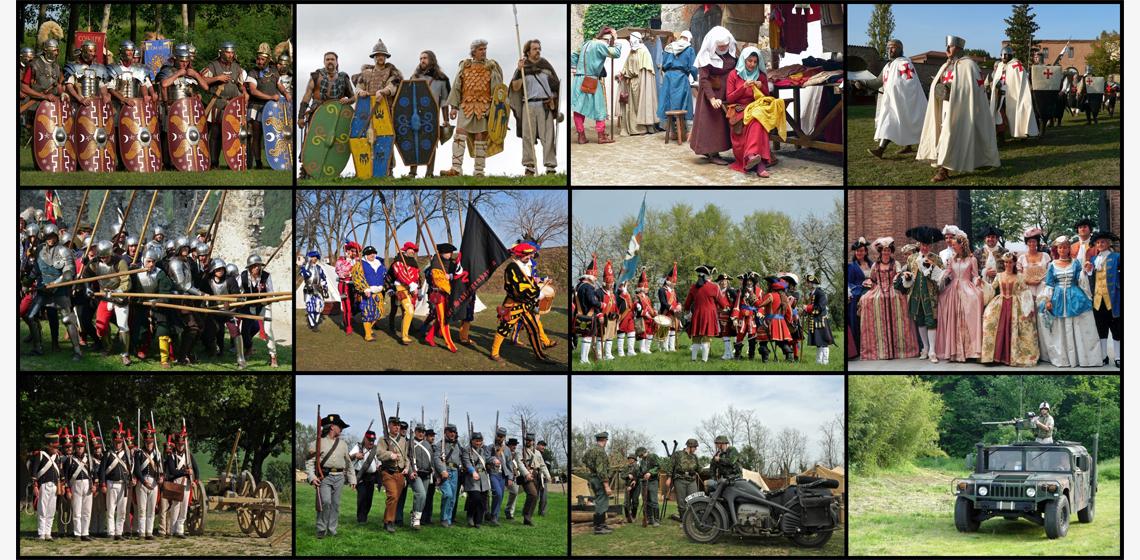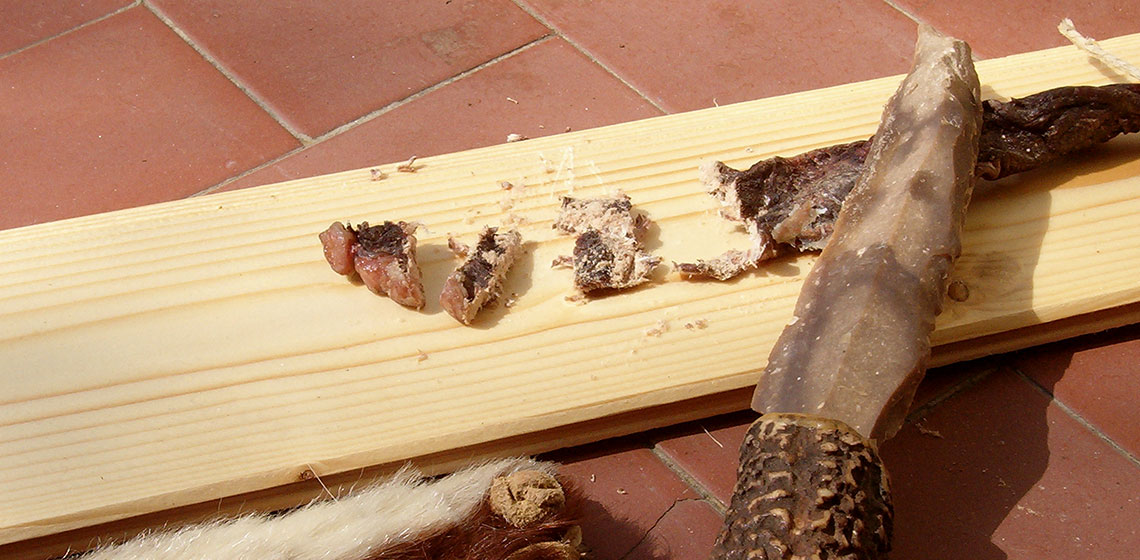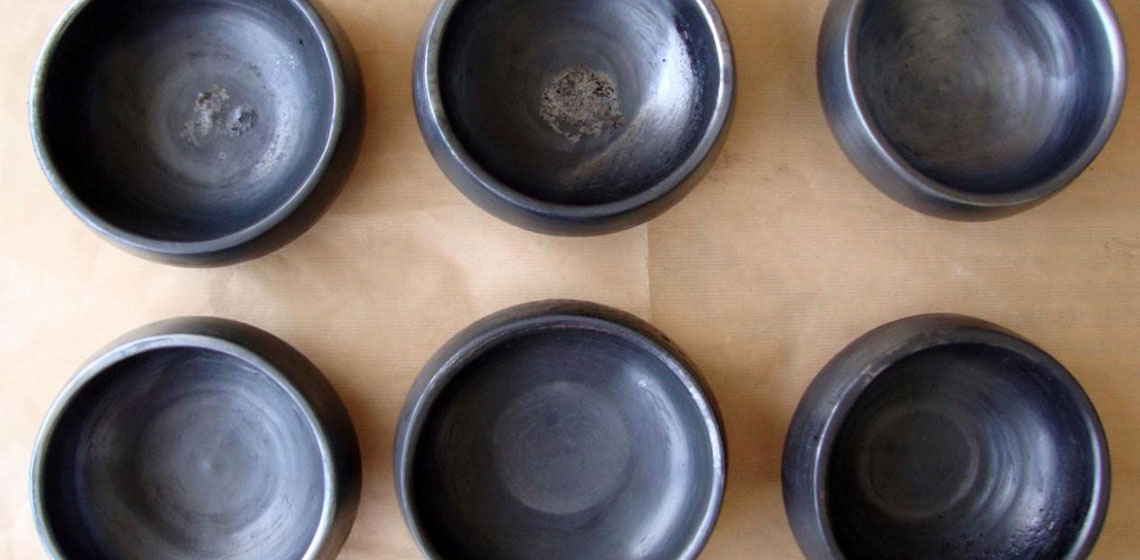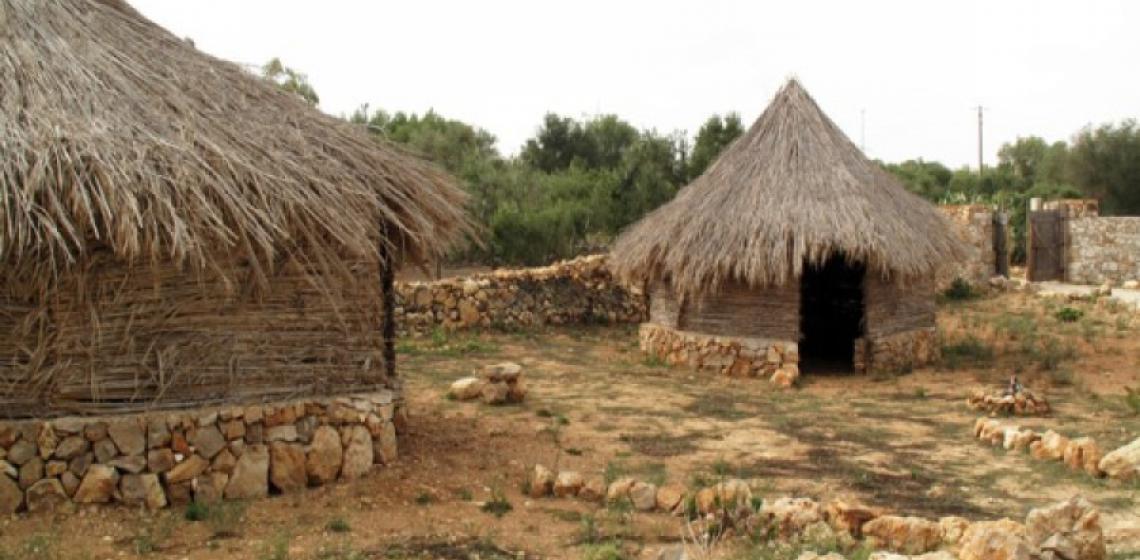Italy
Stone Moulds from Terramare (Northern Italy): Analytical Approach and Experimental Reproduction
Introduction
Although a long list of publications has been dedicated over the last several decades to the questions concerning early metallurgy, the achievements and the potential contributions of experimental archaeology in this area of interest still remain quite underestimated by a consistent part of academia, at least in Italy. At some official occasions the debate between the theoretical knowledge-holders and the technical skill-holders strongly emerges, but very few come back home with a true increased respect and acceptance for the counterpart's work.
Observations on Italian Bronze Age Sword Production: The Archaeological Record and Experimental Archaeology
***In spite of the very large quantity of Bronze Age swords in Northern Italy, only a few stone moulds have been found. Tests have shown that carving such big stone moulds (more than 60 cm long) requires a large amount of raw material, deep knowledge and skill, rather than a wide set of implements...
Robert Schmits
I am a Dutch national but live in Italy since 1983 and since 1994 in Rome. I have always been attracted to history and archaeology in general but concentrate on Roman history.
A Picenian Warrior Who Lived in the Eight Century BC: A Hypothetical Reconstruction
Various populations inhabited this territory from the tenth to the early third century BC, when the Roman army took control of it: the Laziali and Sabini in Lazio, the Etruscans and, from the fifth century, Celts in Toscana and Emilia Romagna, Umbri in Umbria and Picenians in Marche and Abruzzo. At the beginning of the Iron Age, and until the eighth century, we have evidence of other populations as well. The most ancient group being the Sub-Apenninical culture, which were Villanova and Proto-Villanovan populations that seem to have had towns in the Region Marche.
Maurizio Cattani PhD
Assistant professor at the University of Bologna (Italy) in Prehistory and Protohistory since 2000, I have devoted main interest in the reconstruction of Bronze Age life in several parts of the world (Italy, Arabian peninsula, Central Asia).
Historia Vivens - Living History & Emotional Heritage (IT)
Historia Vivens is an Italy-based private project especially devoted to favour the rediscovering and promoting of the European heritage: historical sites, open-air living history and folk museums, theme parks and special archaeological projects, Living History and Folklore.
Historia Vivens is an Italy-based private project especially devoted to favour the rediscovering and promoting of the European heritage: historical sites...
Drying Meat Today as During the Late Glacial Period
Technical Elements for Etruscan-Padan Kilns Firing and Female Labour Connected to These Tools
Kalòs - l’Archeodromo del Salento (IT)
Archeodromo Kalòs is a vast landscape park themed with experimental archaeology. It was founded by Meridies. They present a mixture of history and art and offer a journey to the origins of this region: the Messapi, Greeks and Romans, "in a place where nature and myth merge."
How many times we happen to think about what life was like when electricity, water and communications were not at hand? Would you like to take a step back in time? Today you can. The path runs from prehistory to the Middle Ages.

